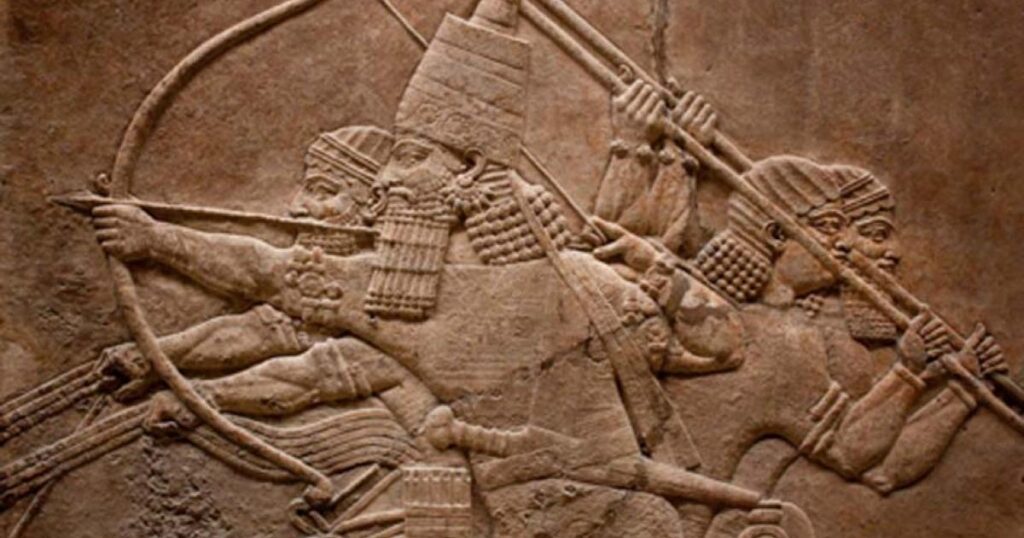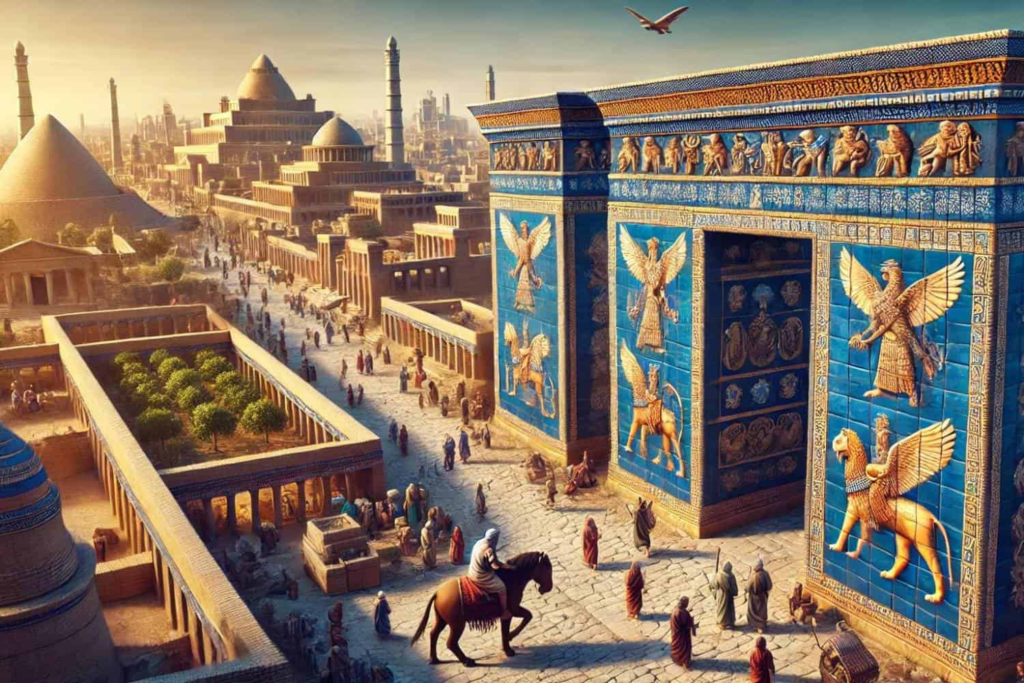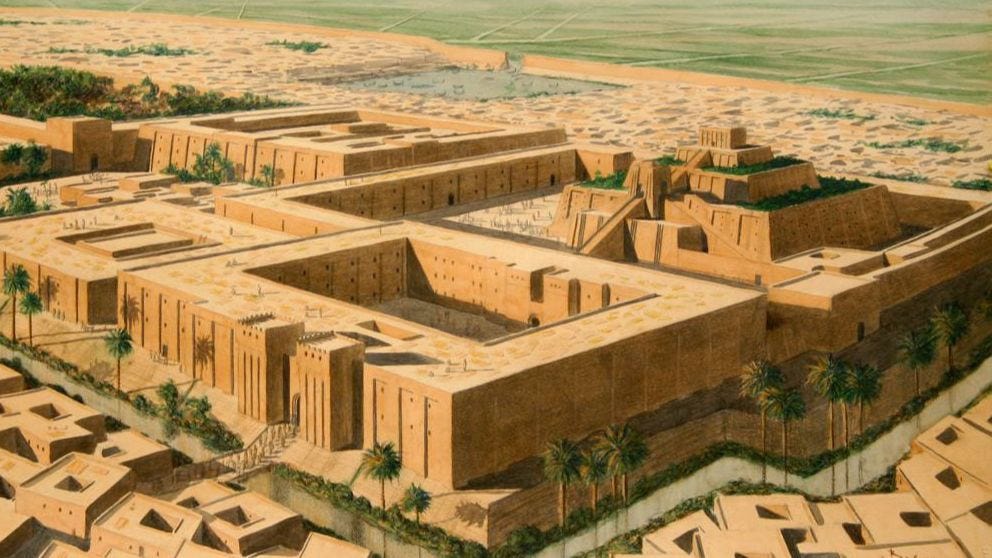The region of ancient Mesopotamia NYT has been a fascinating subject for many history enthusiasts. This area, often called the cradle of civilization, was located between the Tigris and Euphrates rivers in what is now modern-day Iraq. In this blog post, we will dive into the history of this ancient land and explore why it was so important in shaping the world as we know it.
Mesopotamia was home to many great civilizations, including the Sumerians, Akkadians, Babylonians, and Assyrians. The region of ancient Mesopotamia NYT provides clues about how these people lived, what they built, and how their innovations still impact us today. From the invention of writing to the creation of laws, the legacies of Mesopotamia are still felt across the globe.
Exploring the Region of Ancient Mesopotamia NYT: Where Civilization Began
The region of ancient Mesopotamia NYT is known as the birthplace of many of the world’s first civilizations. Located between the Tigris and Euphrates rivers, this area was home to some of the earliest human societies. It is often referred to as the “cradle of civilization” because many important developments took place there, such as the invention of writing, the wheel, and organized cities.
In ancient Mesopotamia, people started to build cities, create laws, and form governments. The development of writing, especially cuneiform, helped people record important events and ideas. The region of ancient Mesopotamia NYT is important because it laid the foundation for many modern systems of communication, government, and technology.
As one of the first places where humans lived in large, organized groups, Mesopotamia made huge contributions to the way we live today. This region’s discoveries and inventions shaped history and continue to influence how we live now. For example, the concept of time was also introduced by the Sumerians, who divided the day into 12 hours.
The Importance of the Region of Ancient Mesopotamia NYT in World History

The region of ancient Mesopotamia NYT played a crucial role in shaping human history. It was the site of several great civilizations like the Sumerians, Babylonians, and Assyrians, each of which made significant contributions to culture, science, and law. These civilizations helped lay the groundwork for future societies all over the world.
One of the key reasons why Mesopotamia is so important is its role in the development of writing. The Sumerians created one of the first written languages, cuneiform, which allowed them to keep records and communicate ideas. This was a big step forward for humanity, as it helped people keep track of important events, trade, and laws.
The region of ancient Mesopotamia NYT was also home to the creation of one of the first legal codes, the Code of Hammurabi. This code set the standards for justice and helped shape the idea of laws that protect people’s rights. The importance of this contribution is still felt today, as laws and courts are part of every society.
How the Region of Ancient Mesopotamia NYT Shaped Modern Society
Many aspects of modern society can be traced back to the region of ancient Mesopotamia NYT. For example, the use of a 60-minute hour and a 360-degree circle came from the ancient Sumerians. Their innovations in mathematics and astronomy helped people understand the world around them.
Another way the region of ancient Mesopotamia NYT shaped modern society is through the creation of city-states. In Mesopotamia, cities like Ur and Babylon were ruled by powerful kings who controlled land, trade, and laws. These early city-states set the stage for how modern cities are organized and governed.
The region of ancient Mesopotamia NYT also gave birth to many cultural advancements. The first known epic story, “The Epic of Gilgamesh,” was written here, and it continues to influence literature today. This rich cultural heritage has had a lasting impact on art, literature, and storytelling throughout history.
Discover the Ancient Civilizations of the Region of Ancient Mesopotamia NYT

The ancient civilizations of the region of ancient Mesopotamia NYT were some of the first to build organized cities. The Sumerians were the first to create a written language and developed the world’s first known form of government. They were followed by the Akkadians, who built the first empire in Mesopotamia, and the Babylonians, known for their rich culture and the famous Hanging Gardens of Babylon.
Key civilizations of the region:
- Sumerians: Known for inventing writing and establishing the first cities.
- Akkadians: Built the first empire in Mesopotamia.
- Babylonians: Famous for their culture and contributions to law and science.
- Assyrians: Known for their military power and advanced technology.
Each of these civilizations contributed to the growth of Mesopotamia. The Sumerians created cuneiform, which allowed for the recording of history. The Babylonians introduced the concept of laws and governance that still influence modern legal systems. These innovations paved the way for future societies to develop and flourish.
The Rivers of Mesopotamia: Lifeblood of the Region of Ancient Mesopotamia NYT
The Tigris and Euphrates rivers played a crucial role in the success of ancient Mesopotamia. Without these rivers, the region of ancient Mesopotamia NYT would not have been able to support the large civilizations that grew there. The fertile land between these rivers allowed for the development of agriculture, which provided food for the growing population.
How the rivers helped Mesopotamia thrive:
- Farming: The rivers provided water for crops, making agriculture possible.
- Transportation: The rivers served as highways for trade and communication.
- Flooding: Regular flooding helped keep the land fertile.
The importance of the Tigris and Euphrates cannot be overstated. These rivers allowed the people of Mesopotamia to build successful farming communities, leading to the development of cities and powerful empires. Today, these rivers are still a vital part of the region’s geography and history.
What Was Life Like in the Region of Ancient Mesopotamia NYT?

Life in the region of ancient Mesopotamia NYT was shaped by the environment and the people who lived there. Mesopotamians relied heavily on agriculture, as the land between the Tigris and Euphrates was very fertile. This allowed them to grow crops like barley and wheat, which became staples of their diet.
Daily life in ancient Mesopotamia:
- Food: Barley, wheat, and fish were common food sources.
- Homes: People lived in mud-brick homes, which helped keep them cool in the hot climate.
- Work: Most people worked as farmers, but there were also tradespeople like potters and weavers.
Despite the challenges of living in a harsh climate, the people of Mesopotamia were able to create successful and thriving civilizations. Their ability to adapt to their environment and work together to solve problems is one of the reasons their culture was so advanced.
Conclusion
In conclusion, the region of ancient Mesopotamia NYT is an important part of world history. It was where many key inventions and developments, like writing, law, and farming, first started. These early civilizations helped shape the world we live in today, and their ideas and inventions still influence our lives.
Even though the great empires of Mesopotamia no longer exist, their legacy lives on. The discoveries made in this region, such as the invention of the wheel and the establishment of laws, are still part of our daily lives. By learning about the region of ancient Mesopotamia NYT, we gain a deeper understanding of how human society developed and continues to evolve.
FAQs
Q: What was the region of ancient Mesopotamia known for?
A: The region of ancient Mesopotamia is known as the “cradle of civilization” because it was home to the first great human societies. It was where writing, laws, and many important inventions began.
Q: Where was the region of ancient Mesopotamia located?
A: It was located between two rivers, the Tigris and Euphrates, in what is now Iraq.
Q: What civilizations lived in the region of ancient Mesopotamia?
A: The Sumerians, Babylonians, Assyrians, and Akkadians are some of the major civilizations that lived in the region.
Q: Why was the Tigris and Euphrates important to Mesopotamia?
A: These rivers provided water for farming, transportation, and helped make the land fertile, which allowed the civilizations to thrive.
Q: How did Mesopotamians influence modern society?
A: They introduced ideas like writing, laws, and timekeeping, which are still used today in many parts of the world.




